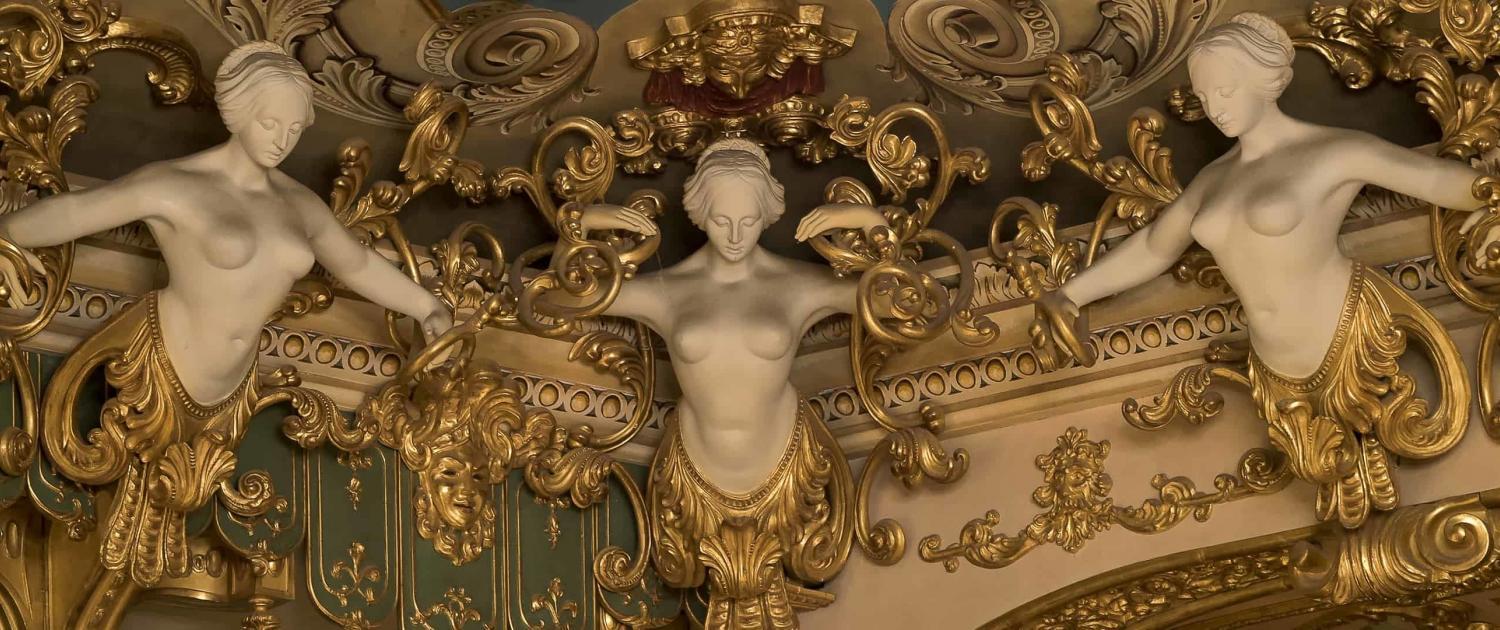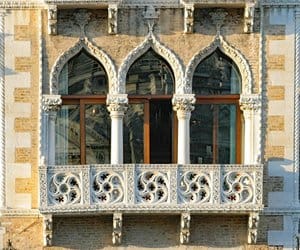“La bohème” is one of the best-known and most popular operas of all time. It tells the poignant love story between the poet Rodolfo and the young seamstress Mimì in 19th-century Paris. The opera captures the joie de vivre, romance, but also the tragedy of artist life and love in the midst of poverty and illness.
The performance at the Teatro La Fenice will be presented by a talented ensemble of renowned singers. The emotional power and beauty of Puccini’s music, including arias such as “Che gelida manina” and “O soave fanciulla”, will captivate the audience.
With its historical splendor and first-class acoustics, the Teatro La Fenice offers the ideal setting for this magnificent opera. The lavish set design and detailed costumes will bring to life the atmosphere of bohemian Parisian life.
Teatro La Fenice
Venice is a very unique place in the world. It is so different and beautiful that it is hard to grasp unless you have been and felt it. First-time visitors are best advised to arrive well prepared and guided.
The Story of LA BOHÈME
“La bohème” by Giacomo Puccini tells the touching story of a group of young artists living a humble life in 19th-century Paris. The plot focuses on the love affair between the poet Rodolfo and the young seamstress Mimì.
In the first act, Rodolfo and Mimì meet by chance in the attic apartment that Rodolfo shares with his friends. They fall in love instantly and spend a romantic night together. But their love is threatened by the challenges of the poor artist’s life, poverty and Mimì’s ailing health.
In the second act, the opera shows the hustle and bustle of Parisian nightlife. Rodolfo, Mimì and their friends visit the café Momus, where Rodolfo is attracted to the rich courtesan Musetta. Meanwhile, Mimì’s health deteriorates and tensions between the lovers increase.
In the third act it becomes clear that poverty and Mimì’s illness burden their love. Rodolfo realizes that he is unable to offer Mimì the life she deserves. They decide to go their separate ways, although their love is still strong.
In the fourth act, Rodolfo and Mimì meet again, this time in winter. Mimì is severely weakened and her friends try to help her. In a poignant scene, Mimì says goodbye to Rodolfo and dies in his arms.
“La bohème” is known for its stirring music and deep emotions. Puccini captures the ups and downs of love, the joys and sorrows of the artist’s life, and the beauty and tragedy of human existence. The opera touches the audience with its authenticity and its ability to depict human emotions in all their facets.
Cast and Creative Team of the Opera "La bohème"
Rodolfo • Celso Albelo
Marcello • Alessio Arduini
Schaunard • Armando Gabba
Colline • Adolfo Corrado
Benoit/Alcindoro • Matteo Ferrara
Mimì • Claudia Pavone
Musetta • Mariam Battistelli
La Fenice Orchestra & Choir
Conductor • Stefano Ranzani
Chorus Master • Alfonso Caiani
Coro voci bianche Piccoli Cantori Veneziani
Director • Francesco Micheli
Sets • Edoardo Sanchi
Costumes • Silvia Aymonino
Lighting • Fabio Barettin
Performance Dates LA BOHÈME
Choose a performance (date format YYYY-MM-DD)
Operas, Ballets, Concerts of the Season
At the Teatro La Fenice, Venice





